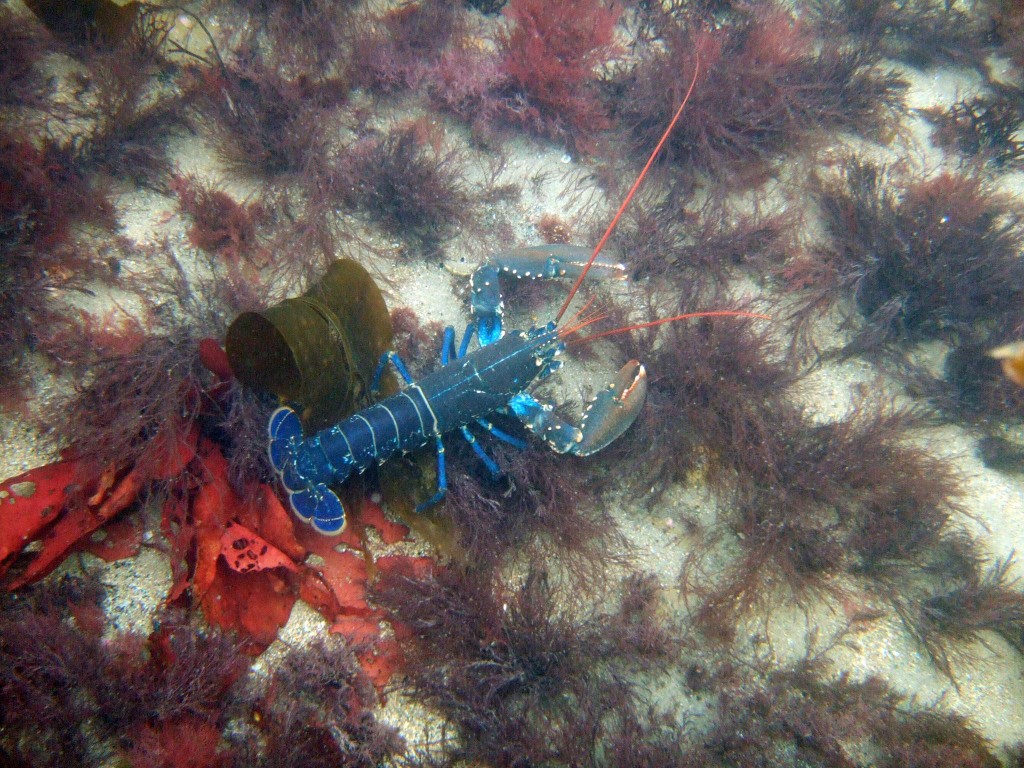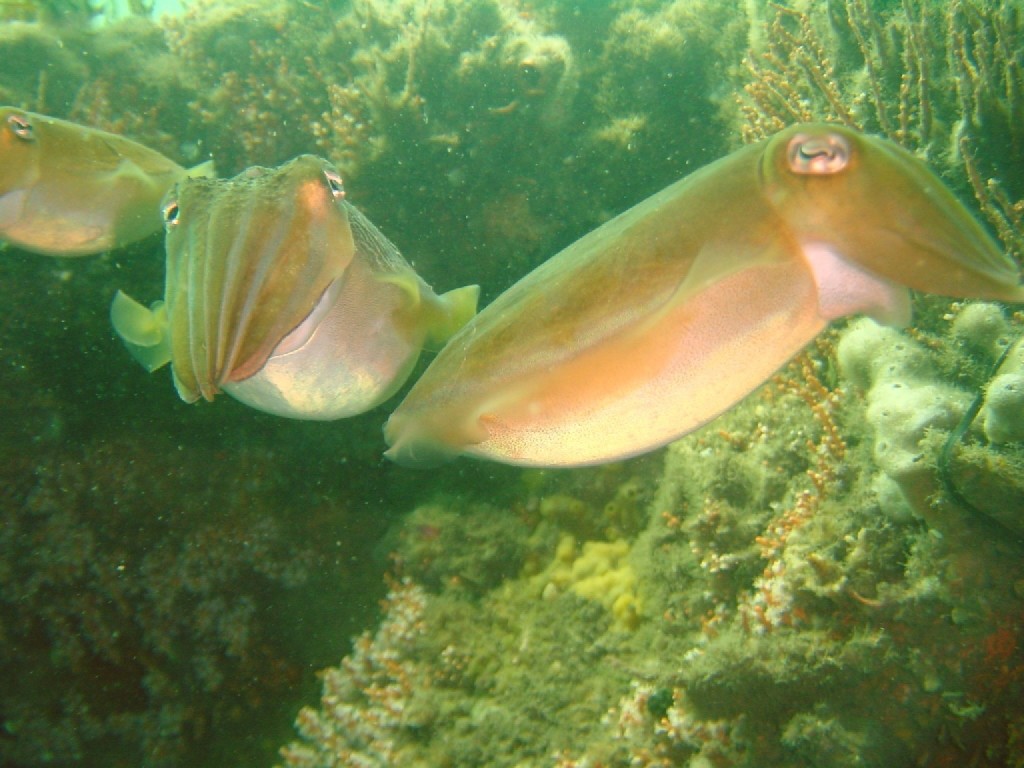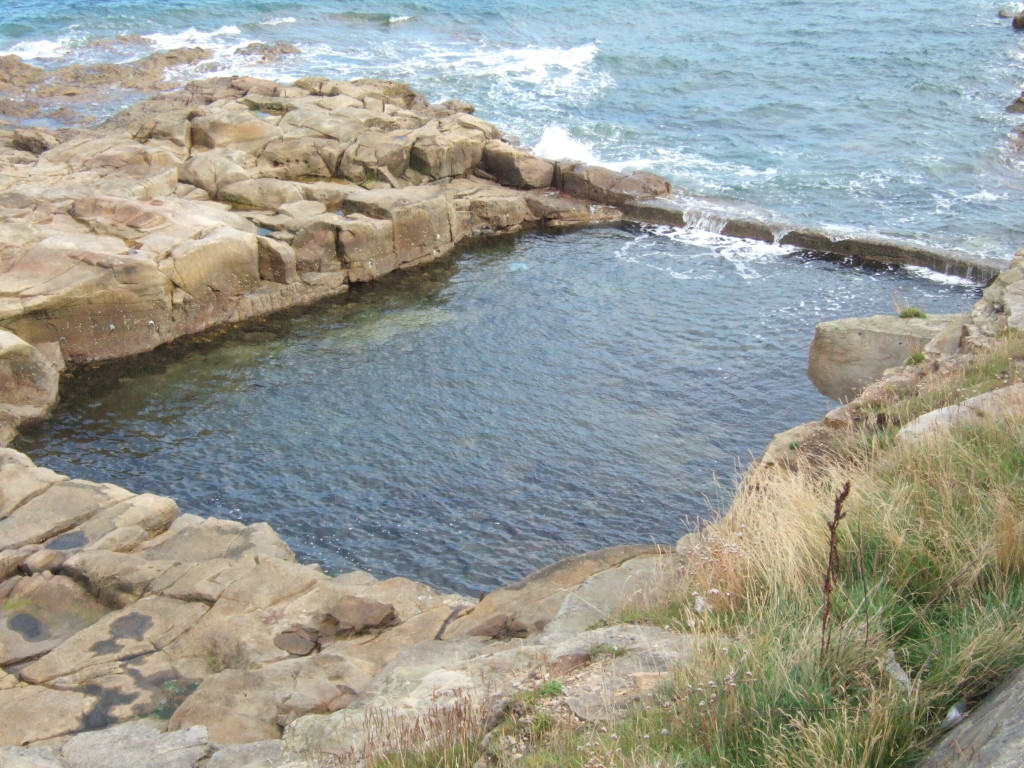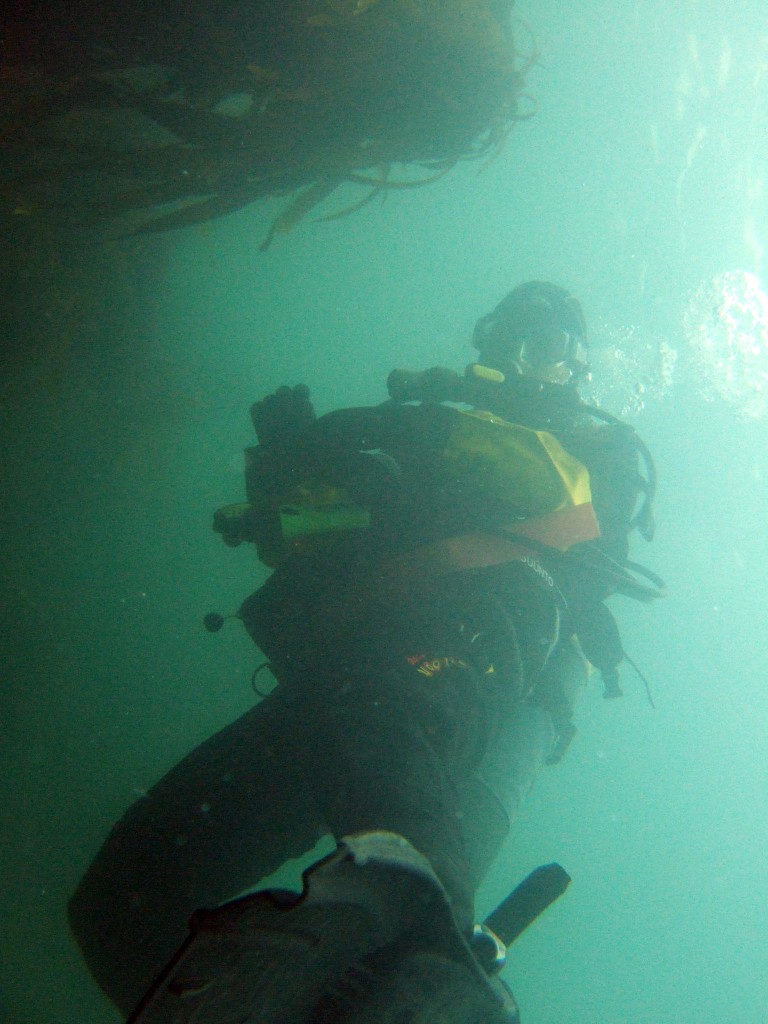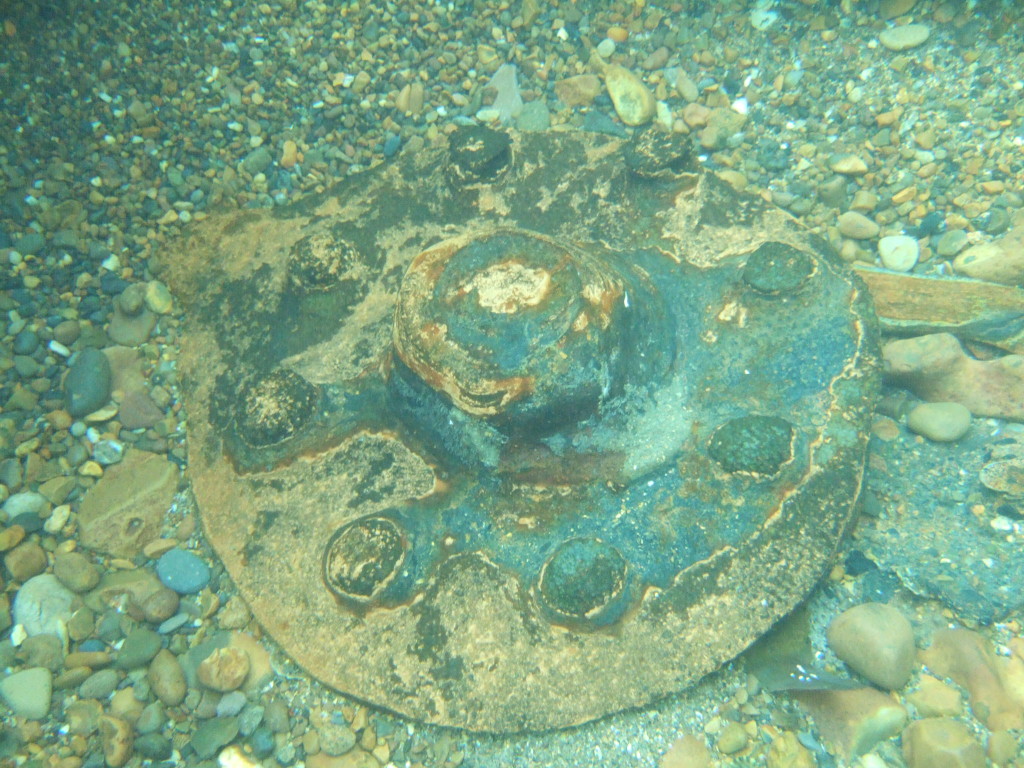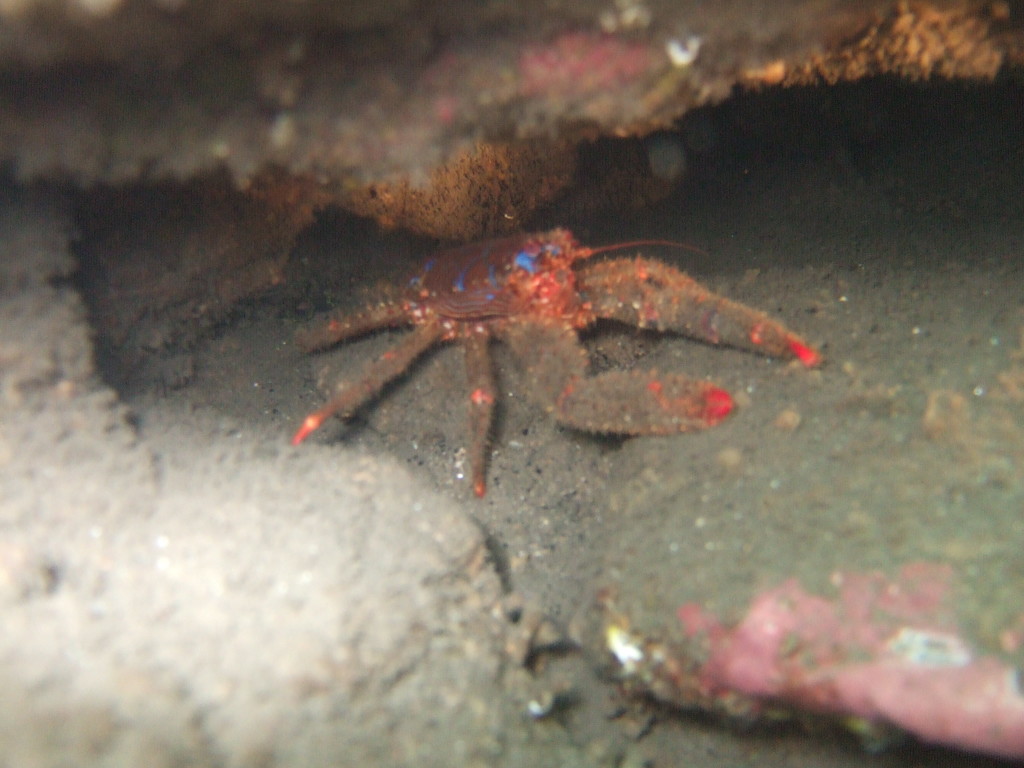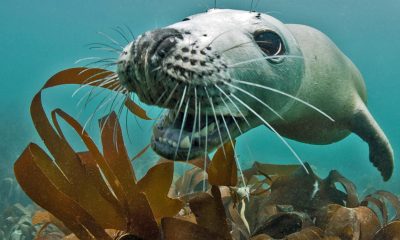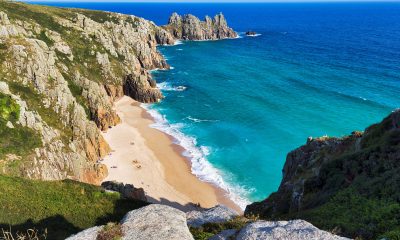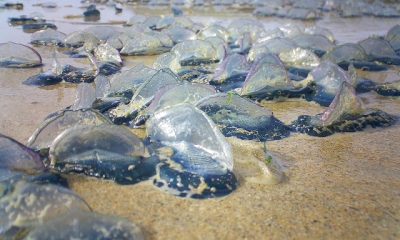Travel Stories
Diving Browns Bay

Shallow crystal clear waters, a scenic wreck site and more marine life than I have had the pleasure to dive with… all in just 8 metres of water. It’s easy to see why Browns Bay is a very popular dive destination in the UK.
Browns Bay on the east coast of Northumberland has always been a popular holiday and seaside location. So much so that on the 23rd of August 1855 the Duke of Northumberland employed a swimming coach to teach the locals how to swim. And then nearly forty years later planning permission was given at a cost of £180.00 to blast a hole in the rocks that would create Whitley Bay’s very first open air pool. Dynamite was used create a 70 foot long and 30 foot wide swimming pool. It’s approximately five feet deep at one end and 3 feet deep at the other. With a continuous supply of fresh seawater at high tide the pool would need little maintenance. Locals and holiday makers would put on their very fetching full length swim suits (which were as thick as a semi dry in the good old days) and jump in for a dip in the cool northeast water. Although popular when it was first built with swimming clubs, holiday makers and fitness fanatics using it whenever the weather permitted, the pool has for sometime now only really been used by scuba diving instructors when they introduce student divers on the open water section of the course, so that they can adjust to the cooler sea temperatures.
When you get to the dive site and look at the landscape that you have to clamber across with your kit on just getting to the waters edge, you will probably think that I have written this article with people that are built like Arnold Schwarzenegger in mind. But believe me, this little dive is well worth the short trek down the stone steps and across the rocks. The good news is that there is free parking along the road opposite the beach. The bad news, with no facilities here, changing into or out of your dive kit can pose a problem. The local council has found it necessary to put up signs asking divers to be careful when undressing as groups of little old ladies have been seen lurking ready to pounce on unsuspecting near naked divers.
On this particular dive make sure you have surface support, not just for safety reasons but they will be able to help you with your kit and look after the car keys. The usual SMB, Torch and dive knife will be required here. Send up the SMB when you get to the 8 metre section of the dive as boats and Jet Ski’s use the area.
Once kitted up follow the stone steps down to the rocks and carefully make your way to the Victorian swimming pool; it’s a little up and down and can be slippery so take your time. I set my kit down just to the left of the pool and made any last minute adjustments; and then after buddy checks were complete; into the water we went. The maximum depth at this point is no more than 4 metres. My dive guide Michelle Cooper took me towards the small kelp forest which was about 15 metres away from the entry point. Rather than going through it or round it I decided to go over the kelp which rose to about a metre from the surface. Take your time here and as you look down into the kelp you may find the odd pipefish and Nudibranch hiding under the leaves. Moving on, the depth gradually slopes down to around 8 metres. And from here on, it was crustacean city. Squat lobsters, common lobsters, edible crabs and Velvet swimming crabs were here in abundance. Everywhere I looked these big lobbies were looking back at me. And as I got closer to them they arched their back, flexed their muscles and opened their claws ready to defend themselves. In the crevices of the rocks I found squaties hiding along with velvet swimming crabs, and huge edible crabs the size of dinner plates. The visibility here was around 10 metres.
We made our way to an old wreck called the Butetown. This little steamship was loaded with coal when she was grounded at Browns Bay in December 1917. Although she is nearly 100 years old and well broken up, you can still see the outline of this once proud ocean going vessel. There are five specialties that I think may benefit you on this dive; Wreck, Drysuit, Peak Performance Buoyancy, Underwater photography; and this is an ideal site for the National Geographic specialty because you can research the wreck as part of your project. The amount of marine life here will surprise even the most experienced UK diver. Lumpsuckers can be found nesting around the wreck between February and May, with the males remaining with the eggs for up to two months until they hatch.
During the summer months Cuttlefish come in close to shore to attach their eggs to the Kelp and seaweed. Every now and then spend a few seconds looking out into the blue; you should catch sight of the many shoals of fish gracefully swimming past. Bib, Pollack and wrasse can be found here; and as this is an area that is popular with anglers care should be taken so as to not become entangled with their lines. The coral encrusted boilers are home to a number of small creatures and its worth taking a torch to look inside as large conger have also been spotted here. My dive guide Michelle and I spent sometime investigating the entire wreck from different angles; from the bow to the boilers we looked under plates and lifted and replaced anything that could be moved. Keep an eye out for flatfish that have camouflaged themselves with sand; and resting dogfish that are lying on the ocean floor against the gentle current. The seabed is also home to a multitude of brightly coloured plants, such as Corallina that densely populates the area and which is then in turn home and protection for smaller creatures such as pipefish, hermit crabs and shrimps. Petalonia can be found growing amongst the ribs of the wreck adding a touch of green to the already colourful scenery, and Dalyell Anemones and sponges decorate the sides of rocks which with the exceptionally good visibility gives an almost tropical feel to the dive. After an hour under the water it was time to end our dive exploring this beautiful site. And although we had gone this way and that, Michelle new exactly where we were, and within no time at all we were back where we started. Now be careful as you exit the water as it will be quite slippery; and be prepared for a slightly longer walk back to the car as it’s an uphill hike with all of your kit on.
Patrick went diving at Browns Bay with Aquanorth Diving Centre. To book a dive at Browns Bay contact the staff at Aquanorth by calling them on +44 (0)191 266 6626 or email them at enquiries@aquanorth.co.uk. You can also visit the Aquanorth website for more information: www.aquanorth.co.uk
Blogs
Dive into Gibraltar: a Journey of Wrecks, Wildlife and Conservation

Diving in Gibraltar is an experience that truly sets itself apart. Situated at the confluence of the Atlantic and Mediterranean, it offers an underwater world rich in both marine life and history. Whether you’re a complete novice or a seasoned diver, Gibraltar is ready to take you on an unforgettable journey beneath the waves.
One of the most remarkable aspects of diving in Gibraltar is the artificial reef project. Over the years, several ships have been deliberately sunk to create vibrant underwater habitats. Among the most popular sites are the Spanish Barges, 482M, and Batty’s Barge, all located in the local favourite, Camp Bay. The Spanish Barges are a series of four wrecks, two of which were sunk as part of Gibraltar’s artificial reef programme in the 1980s. They rest at varying depths, ranging from 7 to 22 metres, making them accessible for divers of all skill levels. These wrecks, now teeming with marine life such as octopuses, conger eels, and nudibranchs, offer something for every diver, whether they enjoy swimming through wreckage or observing how marine species have transformed these vessels into thriving ecosystems.

For those more interested in history, Gibraltar’s waters host incredible wrecks like the SS Rosslyn and SS Excellent. The SS Rosslyn, a Cardiff-built steamer, sank in 1916 after dragging its anchor in a storm. Now lying at a depth of 23 metres, this 350-foot wreck attracts advanced divers eager to explore its remnants. Newer wrecks, like the Seahawk, sunk in 2002, and the Sun Swale, sunk in 2015, are part of Gibraltar’s ongoing reef expansion. These more recent additions are rapidly becoming important habitats, drawing species such as cuttlefish, spider crabs, and lobsters. Each of these wrecks offers divers the chance to experience a fusion of history and nature, with the wrecks evolving into vibrant marine environments over time.

Another must-see is the Seven Sisters Marine Conservation Zone (MCZ), known for its rich biodiversity and contribution to the protection of marine species. This area is located close to The Inkwells, where divers can still find remnants of 18th- and 19th-century artifacts, including ceramic pipes, gin bottles, marble fragments, and cod bottles, lending a treasure-hunting aspect to each dive. Exploring this site is like taking a step back in time while being surrounded by a thriving underwater ecosystem.

The diving conditions in Gibraltar are just as diverse as the marine life it hosts. British Gibraltar Territorial Waters is home to a wide array of species, far more life than many other areas in the Mediterranean. This impressive biodiversity is largely due to the nutrient-rich waters that flow where the Atlantic and Mediterranean meet. Divers frequently encounter octopuses—Gibraltar’s charismatic species—along with conger eels, moray eels, thornback rays, and spider crabs. Lucky divers, especially during certain times of the year, might even spot Bluefin Atlantic Tuna swimming through the bay while feeding, as well as many other pelagic species. The sheer abundance of fish and the variety of species make each dive an exciting and unique experience, offering something new with every descent.

Gibraltar boasts its accessibility to diving and a wealth of different dive sites depending on your diving abilities, qualifications and experience. The South and East side dive sites are fantastic boat dives ranging in depths from 14m to 35m + where you can dive on rocky biogenic reefs with a vast array of marine life.

You will need a permit to dive which is easily issued by the Department of the Environment or you can dive with licenced dive operators who will cover this for you. There are also very active local BSAC dive clubs you may wish to get in touch with.

Gibraltar offers a full range of diving experiences for everyone, from first-timers to seasoned veterans. Shore diving is conducted six days a week, and on Sundays, you may venture out on a boat to explore some of the more distant wrecks, such as SS Rosslyn and Sun Swale. What makes diving in Gibraltar so accessible is that all our dive sites are within a 15-minute drive/boat ride, making it easy to fit multiple dives into a single day. Whether you’re taking your first steps into the underwater world with a try dive or you’re an advanced diver looking to explore wrecks and caves, we ensure that each dive is tailored to suit your needs and experience level.

Operations start early, and by 8:45 AM, dive centre teams are already busy preparing for the day’s dives ensuring everything is in place for divers. A typical dive day begins with a briefing that covers the dive plan, safety procedures, and site management, ensuring that everyone is comfortable and prepared for the adventure ahead. Whether it’s exploring historic wrecks or spotting charismatic marine life, each dive offers something special. After the first dive, you surface, switch tanks, and enjoy a surface interval sharing stories of what has been seen before briefing up for a second dip!

In addition to providing unforgettable diving experiences, Gibraltar is deeply committed to marine conservation and scientific research working closely with the Department of the Environment and the University of Gibraltar. Under the water we facilitate the university’s research on projects including coral health assessments and the transplantation of coral species such as Astroides calycularis and various gorgonians. These efforts are critical in preserving Gibraltar’s underwater ecosystems and ensuring that future generations of divers can enjoy its incredible biodiversity. These conservation initiatives are ongoing, and there is regular collaboration with students and researchers on various dive-related projects as they begin the Thesis modules of their degrees.

Dive Charters, Gibraltar’s predominant dive centre is also involved in some octopus research, with a project aimed at increasing the octopus population in Gibraltar’s waters. Working with the University of Gibraltar and the Department of the Environment, they have installed artisanal dens designed to encourage octopus to breed and thrive in the area. These dens have proven highly successful, and divers often encounter octopuses up close in their natural habitat. Observing these intelligent, curious creatures in action is always a highlight of our dives, and their growing population is a testament to the ongoing conservation work.

Diving in Gibraltar offers an unparalleled blend of history, marine life, and conservation. Whether you’re captivated by centuries-old shipwrecks or amazed by the diversity of species that call these waters home, Gibraltar provides a diving experience like no other and we are proud to share this incredible underwater world with divers from all over the globe. Our dedication to safety, fun, and environmental responsibility ensures that each dive leaves a lasting impression.

From beginners to experienced divers, we’ve got something for everyone. With all dive sites just a short ride away the wonders of Gibraltar are waiting for you!

|
|
|
Blogs
Close Encounters with Cuttlefish at Wakatobi

Encounters with cuttlefish at Wakatobi are an everyday occurrence, offering divers the chance to witness these other-worldly creatures up close. With their eight arms, three hearts, and blue blood coursing through their gelatinous bodies, cuttlefish may seem like something from another planet. However, they thrive in abundant numbers along the vibrant reefs of Wakatobi, making the area one of the best places in the world to observe and photograph these fascinating marine animals.

Cuttlefish are a dream subject for photographers, not only because they are often cooperative but also because they can be quite entertaining. These creatures are known for their remarkable ability to change color and patterns in the blink of an eye, transforming their appearance from one shot to the next. Sometimes, they blend seamlessly into coral reefs or seagrass beds, making them nearly invisible unless they choose to reveal themselves. Known as “the chameleons of the sea,” cuttlefish possess a unique skill: they can rapidly shift their skin color and texture, using chromatophores—specialized pigment cells—along with iridophores, which create iridescent flashes, to communicate, hypnotize prey, or simply blend into their surroundings.

These mesmerizing displays are particularly striking during courtship. Male cuttlefish vie for dominance without direct physical contact, intimidating rivals until one backs down. The larger male will eventually grab the female with his tentacles and insert sperm sacs into an opening near her mouth. The male then stays close to the female until she lays her eggs.

Cuttlefish encounters at Wakatobi can happen on almost any dive. From the shallow grass beds to deeper reef areas, these creatures roam the vibrant waters, often moving in small groups. Broadclub cuttlefish (Sepia latimanus) are the most commonly seen species in Wakatobi, reaching lengths of over a foot. If you’re lucky enough to be diving at night, particularly on a cruise aboard the Pelagian, you might spot the flamboyant cuttlefish (Metasepia pfefferi). This smaller species doesn’t swim like others; instead, it crawls along the seafloor, flashing vibrant colors as it moves.

While cuttlefish are not currently considered endangered, human impacts do pose a risk to these intelligent creatures. In some regions, they are harvested for food or their cuttlebone, which is used in the pet trade as a calcium supplement for birds. Thankfully, in protected areas like Wakatobi’s marine preserve, cuttlefish continue to thrive.

When diving at Wakatobi, keep an eye out for these sleek, iridescent hunters. Whether camouflaged or displaying their incredible color-changing abilities, cuttlefish offer a captivating glimpse into the wonders of the underwater world.
Ready for some amazing marine life encounters? Complete a quick trip inquiry at wakatobi.com, or contact their office at office@wakatobi.com.
Visit Wakatobi on Facebook and Instagram.
Great Wakatobi videos on Wakatobi’s YouTube channel.
-

 Blogs2 months ago
Blogs2 months agoGozo: An Underwater Treasure Trove in the Heart of the Mediterranean
-

 News1 week ago
News1 week agoIconic SS United States to become the World’s Largest Artificial Reef
-

 Blogs2 months ago
Blogs2 months agoNovoScuba’s Game-Changing Approach for Dive Store Owners: WE PAY YOU!
-

 News1 month ago
News1 month agoBook Review – 52 Assignments: Underwater Photography
-

 News3 months ago
News3 months agoDived Up release NEW Second Edition of Diving Gozo & Comino by Richard Salter
-

 News3 months ago
News3 months agoTreasures, Shipwrecks and the Dawn of Red Sea Diving by Howard Rosenstein available now
-

 Marine Life & Conservation2 months ago
Marine Life & Conservation2 months agoBook Review: Sharkpedia
-

 Gear News1 month ago
Gear News1 month agoDYNAMICNORD – New German diving brand enters the British market


